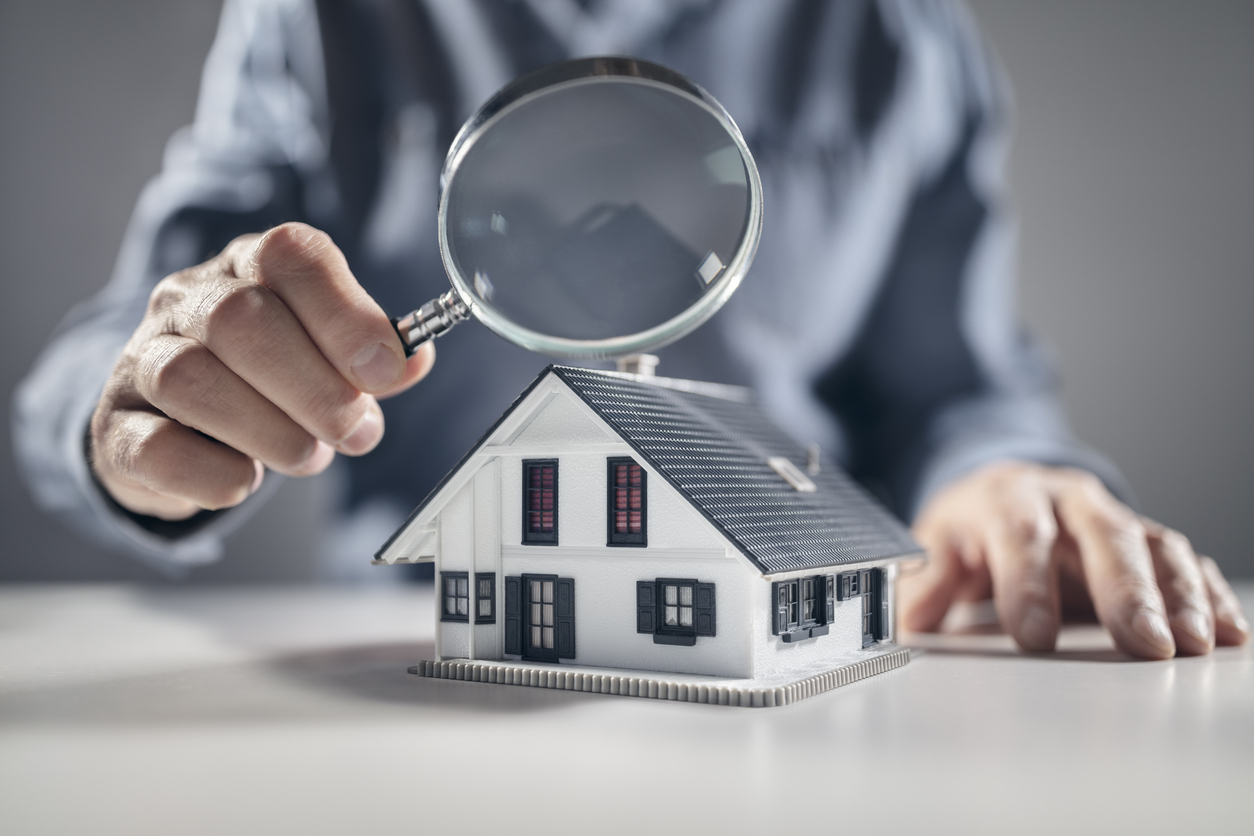As the New York Times explained, mobile homes burn easily. Governor Arnold Schwarzenegger called for a review of building standards following the complete destruction of 500 manufactured homes in the Oakridge Mobile Home Park. California building officials have noted that building regulations must be strengthened to account for the wildfire hazards in California. Regulators asking for tougher building codes to prevent widespread catastrophe are nothing new and, in the long term, are generally good for society and insurance companies.
Before the twentieth century, the major insured risk of widespread catastrophe was urban fire. The Great London Fire of 1666, the Great Savannah Fire of 1820, the Great St. Louis Fire of 1849, and the Chicago Fire of 1871, started by Mrs. O’Leary’s cow, are classic examples of how fires devastated cities and the insurance companies that insured them. An 1872 New York Times article noted how New York lawyers used abusive powers of receivers to disperse pennies on the dollar to many Chicago policyholders who had a valid claim but no solvent insurer to pay.
Insurance companies in the late nineteenth century became more affluent and concerned about insolvency caused by fire. The industrial revolution and development of electricity posed even greater fire risks. As sprinkler systems were developed, fire departments were better managed, and eventually standards prompted and developed by the National Fire Protection Association (founded in 1896) helped reduce the widespread risk of fire. Today, except for wildfires, massive urban fires are rare. Flood is a widespread risk of loss, which private insurance companies have always avoided insuring.
As a result, the National Flood Program was established in 1968. This government quasi-insurance program is the genesis of building codes that require homeowners to build higher and place the valuable portion of structures and contents above flood waters. Similar to stronger building codes preventing fire risk, the theory was that Building Codes were needed to prevent the frequency and severity of flood loss.
Coastal residents in the South always have an eye out for hurricanes in the summer and fall. Following Hurricane Andrew, building codes were strengthened and enforced to reduce damage caused by wind. In Texas, after private insurers left the state without coverage for wind, Texas established a Windstorm Association and mandated construction standards much higher in areas closest to the Gulf Coast. The spector of wind damage and inability to insure the risk have changed laws for the purpose of reducing widespread financial loss following natural catastrophe. So, the need for better laws to reduce the spread and destruction of wildfire in California is nothing new. It is something that is engrained as one of our core values from childhood.
Remember the Three Little Pigs? Straw, stick and brick buildings all have different characteristics that reduce the chance of a disaster. In the case of the pigs, the disaster was being eaten by the Big Bad Wolf. The lesson we can learn from that tale is that intelligent planning and foresight, combined with hard labor, will make us victorious over dangers we face. In the long run, while it may be more expensive for us and change the landscape of how our homes and businesses look, codes that require construction more like the pig with the brick house will save us a lot more in the future.



